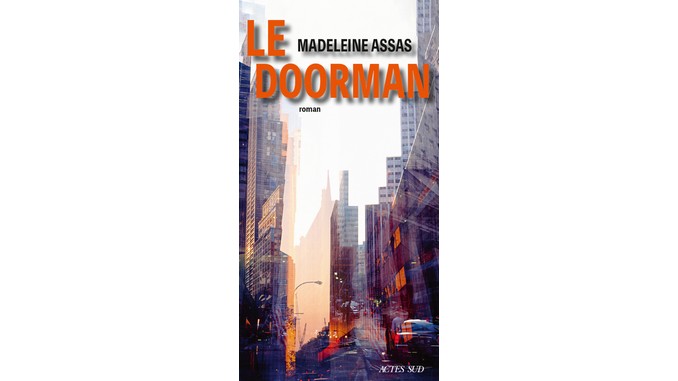By Y. Seddik
CStrained by regulatory standards, in this case IFRS 9, Moroccan banks had to massively provision in 2020. The application of this standard having a procyclical effect (also designed to be prospective: Forward Looking), the sector is then structurally impacted. through the ups and downs of economic cycles. With the current cycle clearly not being favorable, the risk load in the sector has soared to unprecedented proportions. This, even though the Central Bank has relaxed prudential rules, in particular by authorizing the suspension of the provisioning of loans which have been subject to a payment moratorium by the banks.
Revealing the economic damage that could cause a posteriori the pandemic, the cost of risk (CR) recorded an increase of 243%, settling at 5.5 billion DH at Attijariwafa bank. This amount is 6.1 billion DH, an increase of 139% for the Banque Centrale Populaire. At CIH Bank, the consolidated cost of risk stands at nearly MAD 1 billion, showing the fastest increase from one year to the next at 298.8%.
The cost of risk rate is 1.51% against 0.45% a year earlier. The other listed banks are not doing any better: the CR is up 124.7% and weighs 722 MDH on Crédit du Maroc accounts, while BMCI reports a CR of 901 MDH, an increase of 104.7% . The sudden deterioration in the economic situation as well as the expected increase in default rates (see box) thus imposed high provisions over the year.
As a reminder, the S&P agency planned last December “That the provisioning policy is lightened in the second half of 2020 and 2021, de facto easing the pressure on profitability. On the other hand, the quality of assets (loans: editor’s note) could deteriorate considerably as the process of deferral of loan maturities comes to an end ”. A situation that could lead banks to tighten financing conditions and focus on existing loans.
Guarantee mechanisms weigh
The implementation of loans guaranteed by the State at the end of March led the banks to grant new loans for which they must bear the financial risk of the unsecured exposure, which is between 5 and 20% depending on the products offered by the bank. CCG. However, this sharp increase in loans granted to companies does not correspond to an economic recovery, but serves to finance losses linked to the crisis, especially for the Damane Oxygene product. Therefore, even if the banks have a State guarantee for the majority of these new exposures, their risk is very high on the residual part. All the more so as they theoretically do not have the authorization to take guarantees or sureties on this exposure. Note that on its own, Attijariwafa bank released 22.6 billion DH in these guaranteed loans in 2020.
Gnawed profitability
Faced with an unprecedented crisis, Moroccan banks preferred to opt for an anticipatory and prudent provisioning policy, at the risk of (temporarily) undermining their profitability, as they all indicated in their financial communication. Indeed, banks have sharply increased their provisions for credit risk this year.
Risk charges (in addition to donations to the Covid Fund) which consumed on average 63% of their operating income, a level well above historical averages (25% in 2019). The two behemoths in the sector, Attijariwafa bank and BCP, posted profits down 48.1% and 59% respectively to 3 billion DH and 1.2 billion DH. The cross effect of the sudden increase in risks with the fall in the operating margin put pressure on the net income of CIH Bank (-81.1%), BMCI (-76%) and CDM (-62, 6%).
Claims are flying from record to record
The bad debts, bête noire of the banking system, peaked at 80 billion DH, with a surplus of 10 billion DH between December 2019 and December 2020. The loss rate stood at 8.4%. A situation that reminds us of the need to accelerate the project to create a defeasance structure and / or a secondary market for bad debts, already being studied by the Central Bank.
– .

